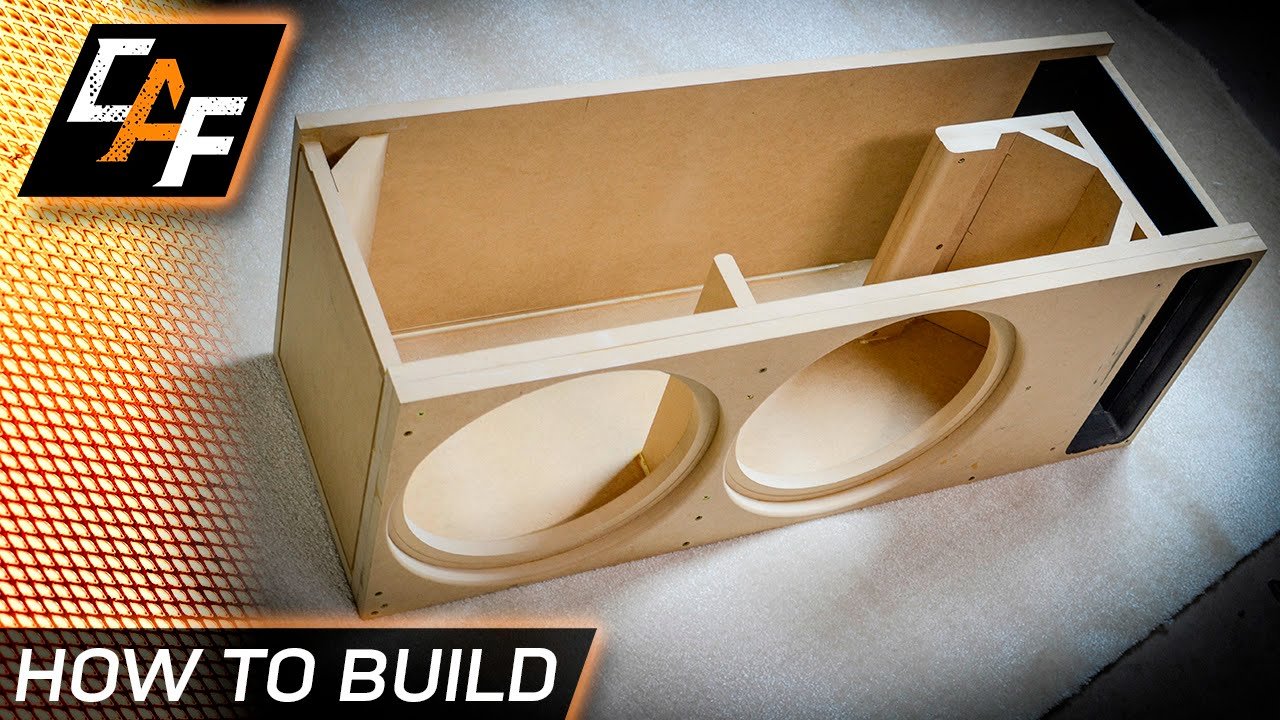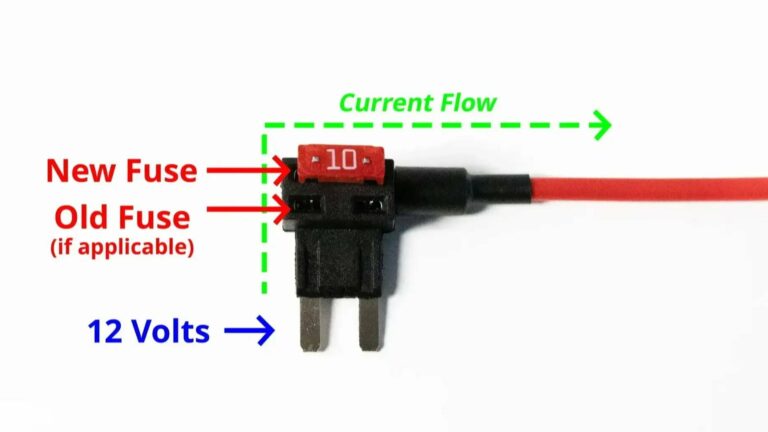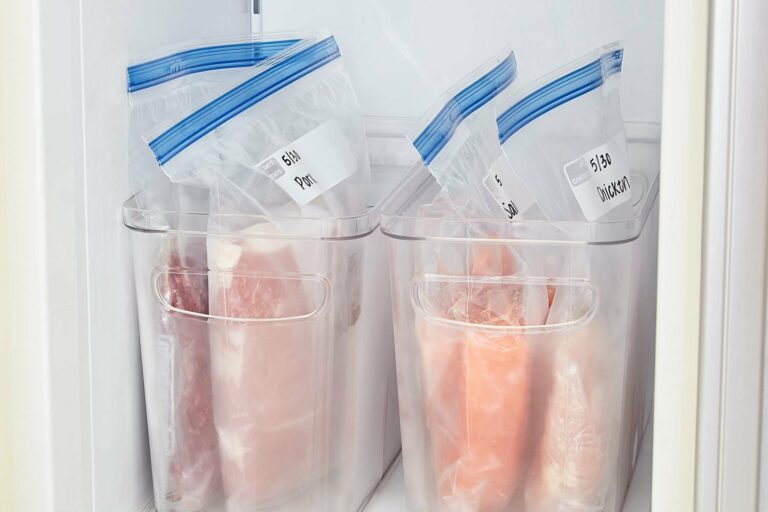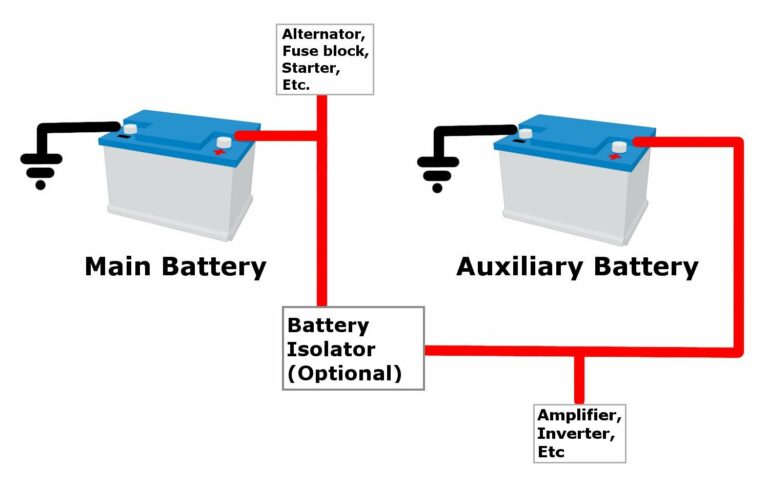Enhance Sub Box Sound: Tips For Better Audio Quality
If you’re looking to improve the sound quality of your subwoofer box, you’ve come to the right place. There are simple yet effective ways to enhance the performance of your sub box, allowing you to experience deeper, richer bass. In this article, we’ll explore practical techniques on how to make a sub box sound better, ensuring your audio system reaches its full potential. Whether you’re a music enthusiast or a car audio fanatic, these tips will help you elevate your listening experience and get the most out of your subwoofer setup. So, let’s dive in and discover how to make your sub box sound better.
How to Make a Sub Box Sound Better
1. Understanding the Basics of Sub Boxes
A sub box, also known as a subwoofer enclosure, plays a crucial role in enhancing the sound quality and bass response of your car audio system. It is designed to optimize the performance of the subwoofer by providing the necessary air space and controlling the sound waves produced by it. Before we delve into how to make a sub box sound better, it’s important to understand the different types of sub boxes:
- Sealed Sub Box: This type of sub box is airtight and produces tight, accurate bass. It is known for its compact size and excellent power handling capabilities. Sealed sub boxes are suitable for music genres that require precise bass reproduction.
- Ported Sub Box: Ported sub boxes are designed with a tuned port that allows air to move in and out of the enclosure. They produce louder bass compared to sealed sub boxes, but at the expense of some accuracy. Ported sub boxes are ideal for music genres that emphasize deep and booming bass.
- Bandpass Sub Box: Bandpass sub boxes are a combination of sealed and ported sub boxes. They feature two chambers, one sealed and one ported. Bandpass sub boxes emphasize a specific range of frequencies and can provide very loud and powerful bass.
2. Building or Choosing the Right Sub Box
Whether you decide to build your own sub box or purchase one, it’s essential to ensure it is the right size and type for your subwoofer. Here are a few considerations:
- Subwoofer Specifications: Check the manufacturer’s recommendations for the ideal air space requirements and recommended type of subwoofer enclosure for your specific subwoofer model.
- Box Volume: The sub box volume should match the subwoofer’s requirements. Too small or too large of a volume can negatively impact the sound quality.
- Box Material: Choose high-quality, dense materials like MDF (Medium-Density Fiberboard) to minimize resonance and vibrations.
- Box Design: Depending on the type of sub box, ensure proper construction techniques like precise measurements, internal bracing, and properly sealing the enclosure.
3. Placement and Positioning
Where you place your sub box plays a significant role in the overall sound quality. Here are a few tips for optimal placement and positioning:
- Trunk Placement: Placing the sub box in the trunk is a common choice as it offers ample space and helps contain the bass within the vehicle. Make sure there is enough clearance and secure the sub box properly to prevent any movement.
- Sub Box Orientation: Position the sub box so that the woofer faces into the vehicle rather than towards the trunk. This helps to direct the bass waves towards the listeners.
- Distance from Walls: Avoid placing the sub box too close to the walls of the trunk, as it can cause reflections and affect the sound quality. Maintain a distance of at least a few inches from the walls.
4. Sound Deadening and Acoustic Treatment
Improving the acoustics of your vehicle can significantly enhance the performance of your sub box. Consider the following options:
- Sound Deadening: Apply specialized sound deadening materials like mass loaded vinyl or butyl pads to reduce vibrations and eliminate unwanted noise from the vehicle’s panels and trunk.
- Speaker Enclosures: Use dedicated speaker enclosures or baffles to isolate the subwoofer from the rear wave interference, resulting in improved bass response and reduced distortion.
- Interior Treatment: Consider adding acoustic foam or damping materials to the interior panels of your vehicle to reduce reflections and enhance overall sound quality.
5. Amplification and Signal Processing
Properly amplifying and processing the audio signal going into your sub box can make a significant difference in sound quality. Consider the following options:
- Amplifier Power: Ensure your subwoofer is matched with an amplifier that can provide sufficient power. Underpowering or overpowering can lead to distortion and reduced performance.
- Signal Processing: Use a dedicated crossover to filter out unwanted frequencies and direct the appropriate range to the subwoofer. Additionally, consider utilizing equalization to fine-tune the bass response to your preferences.
6. Subwoofer Settings and Calibration
After installing and optimizing your sub box, it’s essential to fine-tune the subwoofer settings for optimal performance. Consider the following calibration steps:
- Gain Setting: Adjust the gain control of the amplifier to match the output level of your head unit. This ensures a clean and distortion-free signal.
- Crossover Settings: Set the crossover frequency to blend seamlessly with your main speakers and avoid frequency overlap.
- Phase Alignment: Experiment with the phase control to achieve the best integration between the subwoofer and main speakers. This helps to avoid cancellation or reinforcement of certain frequencies.
7. Regular Maintenance and Inspection
Keeping your sub box in good condition is essential for consistent performance. Here are a few maintenance tips:
- Cleanliness: Regularly clean the subwoofer and sub box to remove any dust or debris that could affect the performance.
- Inspection: Check for any loose connections, damaged wires, or signs of wear and tear. Tighten any loose screws or bolts and replace any faulty components.
- Sub Box Integrity: Over time, sub boxes may develop cracks or leaks that can affect their performance. Inspect the box for any damage and repair or replace it if necessary.
8. Upgrading or Modifying the Sub Box
If you’re looking for further enhancements, consider upgrading or modifying your sub box:
- Double Subwoofers: Adding a second subwoofer can increase the overall bass output and provide a more balanced sound.
- Custom Porting: Experiment with different port configurations or sizes to fine-tune the bass response to your preferences.
- Advanced Enclosure Designs: Explore advanced enclosure designs like transmission line or infinite baffle to achieve specific sonic characteristics.
9. Trusting Your Ears
While technical considerations are important, ultimately, your ears should be the final judge. Take the time to listen to different music genres and make adjustments to achieve the sound you desire. Trust your ears and experiment until you find the perfect balance.
10. Conclusion
A properly optimized sub box can transform the audio experience in your vehicle, allowing you to enjoy rich, powerful bass. By understanding the basics, building or choosing the right sub box, optimizing its placement, considering acoustics, amplification, calibration, and maintenance, you can make your sub box sound better than ever before. Don’t be afraid to experiment and trust your ears to achieve the perfect balance of bass and overall sound quality.
Is a Deep Speaker Box Better? Tested with Surprising Results
Frequently Asked Questions
How can I improve the sound quality of my sub box?
To enhance the sound quality of your sub box, consider the following steps:
What type of subwoofer should I use in my sub box?
Choose a subwoofer that matches the specifications and size requirements of your sub box. Ensure it has sufficient power handling capabilities and is optimized for the desired frequency range.
Should I use sound deadening material in my sub box?
Using sound deadening material like acoustic foam or damping mats can significantly improve the sound quality by reducing vibrations and resonances within the sub box.
How should I position my sub box for optimal sound performance?
Experiment with different subwoofer placements to find the optimal position for your sub box. Consider placing it away from walls, corners, or other objects that may cause unwanted sound reflections or interference.
Should I seal or port my sub box?
Sealed sub boxes provide accurate and tight bass response, while ported sub boxes offer more volume and lower frequency extension. Choose the option that suits your listening preferences and the characteristics of your subwoofer.
How can I optimize the wiring of my subwoofer in the sub box?
Ensure that the wiring connecting the subwoofer to the amplifier is correctly sized and routed to avoid power losses. Additionally, make sure all connections are secure and free from any loose connections or interference.
What are some other tips for improving sub box sound quality?
Consider adding a bass equalizer or digital signal processor (DSP) to fine-tune the sound output. Additionally, ensure your amplifier settings are properly adjusted to match the specifications of your subwoofer and sub box.
Final Thoughts
In conclusion, implementing these tips can greatly enhance the sound quality of your subwoofer box. By choosing the right box size, using quality materials, ensuring proper sealing, and experimenting with placement, you can optimize the performance of your sub box. Additionally, using sound dampening materials and adjusting the crossover settings on your amplifier can further improve the overall listening experience. Whether you are a music enthusiast or a car audio aficionado, following these recommendations will help you make your sub box sound better and fully enjoy the deep bass it produces.






